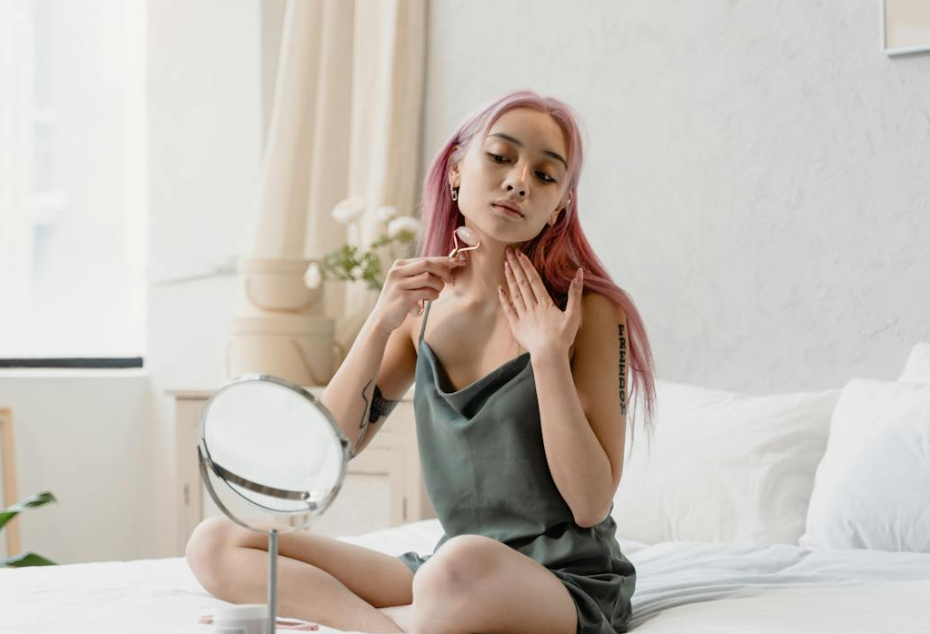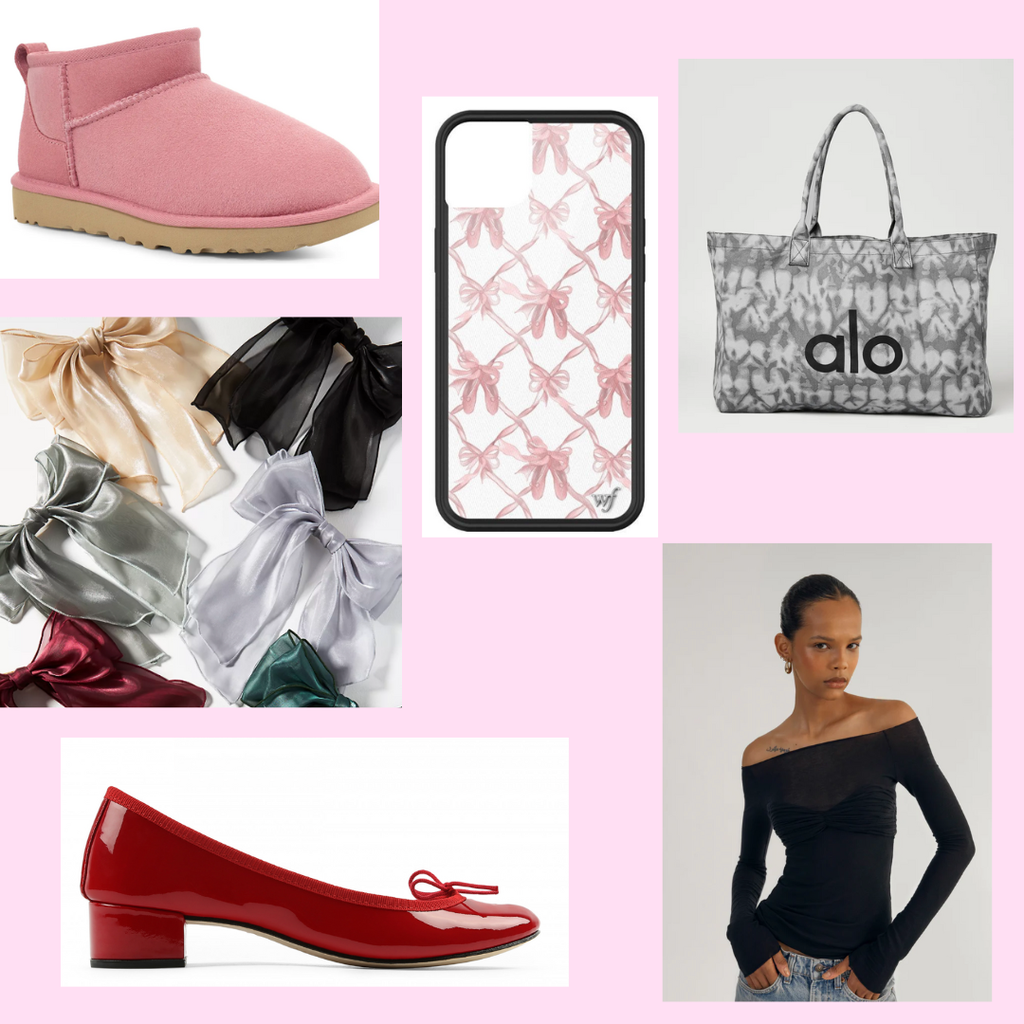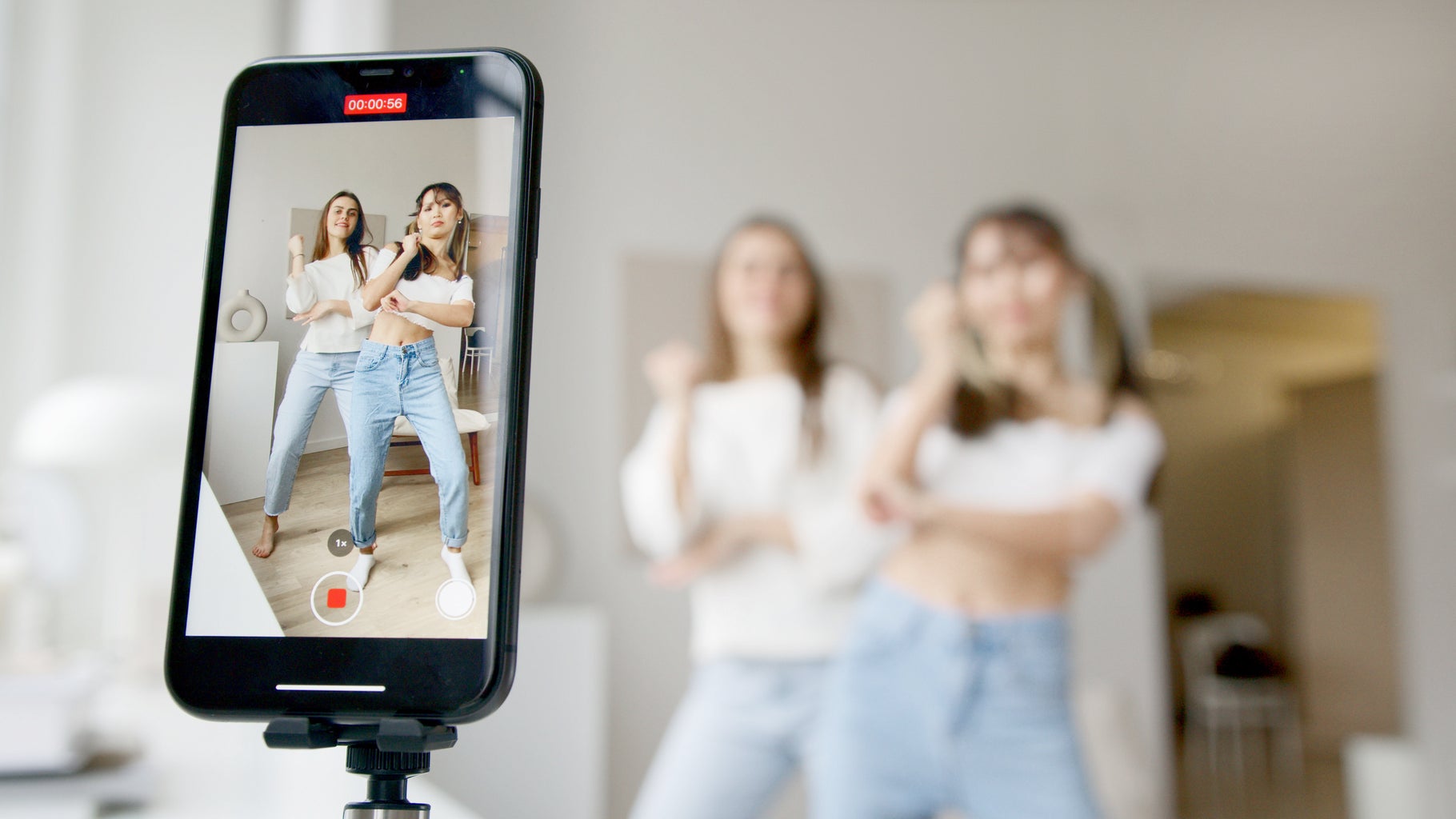Am I boy pretty or girl pretty?
Am I deer pretty or frog pretty?
Am I skinny-fat?
Do I have facial harmony?
Do I have strawberry skin?
Do I look ‘clean’?
Do I have a negative canthal tilt?
Do I have an iPhone face?
Do I have tank top arms?
Do I have legging legs?
TikTok, the answer is no. You made all of that up.
TikTok is lying to us.
Coming soon from the app that brought you the “Apple” dance, “demure,” and Subway Surfers brain rot is the new insecurity of the week: “legging legs,” here just in time to taunt you when you thought you were getting a break.
TikTok is a master of deception. What starts as harmless entertainment with earworm trends and comedy skits soon turns into a 2 a.m. rabbit hole, where you’re convinced that the key to happiness lies in an influencer’s Like to Know It affiliate link.
Whether it’s “legging legs,” the pursuit of “deer pretty” over “frog pretty,” or obsessing over the perfect lip-to-nose ratio, TikTok has likely convinced you that you have a flaw you never knew existed before logging on—and sold you something to fix it.
Alana Lintao, a comedy TikToker with over a million followers, satirizes this trend in this video:
Let’s stop to consider what these beauty buzzwords are doing to us. Ask yourself: who do I let define what’s desirable? More importantly, why do I let them?
What are Legging Legs?

In short, “legging legs” are skinny legs that look good in leggings. The term didn’t exist online before July 2023, when it was first posted on TikTok.
If you scroll through the tag #legginglegs on TikTok, you might notice a lot of young girls with little-to-no followers complaining about their lack of “legging legs.”
However, many videos on the platform using the term posted by influencers are accompanied by an affiliate or TikTok shop link to shapewear leggings. Subtext promises everybody can have “legging legs” if they buy a specific product.
Of course, the weight of the world’s harmful beauty standards is not on TikTok’s shoulders. However, “legging legs” are symptomatic of a more significant issue: influencers are perpetuating never-ending cycles of new beauty standards to sell products.
Although social media isn’t new to perpetuating beauty ideals, TikTok is unique in coining new terms like “legging legs” to weaponize insecurities.
In a way, the app manufactures new insecurities just as it creates new trends.
Please put down the TikTok Shop.
“Legging Legs” is just another example of a decades-old issue of influencers/celebrities and brands fabricating problems to fuel over-consumerism and line their pockets.
The old advertising adage applies here—”Create the problem, sell the solution.”
TikTok influencers, intentionally or not, follow this playbook: tell users that something is wrong with them, then sell them an affiliate product remedy. In a digital world where beauty standards shift constantly, the answer to your newly discovered insecurity is only a click—and an Afterpay purchase—away.
But this cycle is unsustainable. It harms your wallet, the planet, and your mental health. Chasing ever-changing beauty ideals leaves you perpetually dissatisfied, all while the fast fashion industry churns out cheap, environmentally damaging products.
Even worse, your self-worth becomes intrinsically tied to an impossible pursuit of perfection dictated by fleeting trends. The emotional toll of feeling inadequate fuels self-doubt and a need to chase the next product that might fill the void.
The thing is, these advertising techniques only work if we let them. Recognizing this manipulation is the first step in breaking free from the cycle and reclaiming control over how we define our own beauty and worth.
Ethical Influencers: Taking Responsibility for Our Content
In a world where anyone with a phone, work ethic, and good personality can become an influencer, we must take responsibility for how we can shape online narratives.
Influencers sell more than products. They sell ideas, lifestyles, and sometimes insecurities. The content shared can profoundly impact the self-perception of thousands of viewers.
It’s important to note that there’s nothing inherently wrong with an influencer promoting products as long as they do so responsibly. Many influencers provide valuable recommendations, promote brands they genuinely believe in, and offer creative content that can uplift their audience.
However, with that amount of power comes responsibility.
The key difference lies in how products and ideas are framed. When influencers present their sponsored content with transparency, authenticity, and a positive impact in mind, they can shape healthier conversations around beauty and self-worth.
It’s about balance. Selling products doesn’t have to mean selling insecurities.
Think Before You Post on TikTok
While it may seem harmless, when we participate in these trends rooted in insecurities, we inadvertently contribute to a larger conversation about the definitions of beauty and identity. Every negative post about your body or facial features has the potential to fuel self-doubt in others.
The stakes are high, especially when younger and younger audiences are beginning to consume social media content daily. Before posting, ask yourself if you’re adding value, encouraging positivity, or reinforcing harmful standards.
If you want to post about your insecurities, do it productively. Have an honest conversation with yourself about whether you’re posting to spread awareness and make your viewers feel less alone or if it’s for more facetious reasons, like blindly following trends or selling a product.
As you leave this article to scroll, let me remind you: your beauty is not an ongoing project. You don’t need fixing, concealing, or perfecting. And theoretically, even if you did, that $15 TikTok Shop product is not the thing that’s going to do it.
The next time TikTok has you scrutinizing if your earlobes are symmetrical or whatever, remember this: the only thing that actually needs fixing is your algorithm. Go like some cat videos or something.





